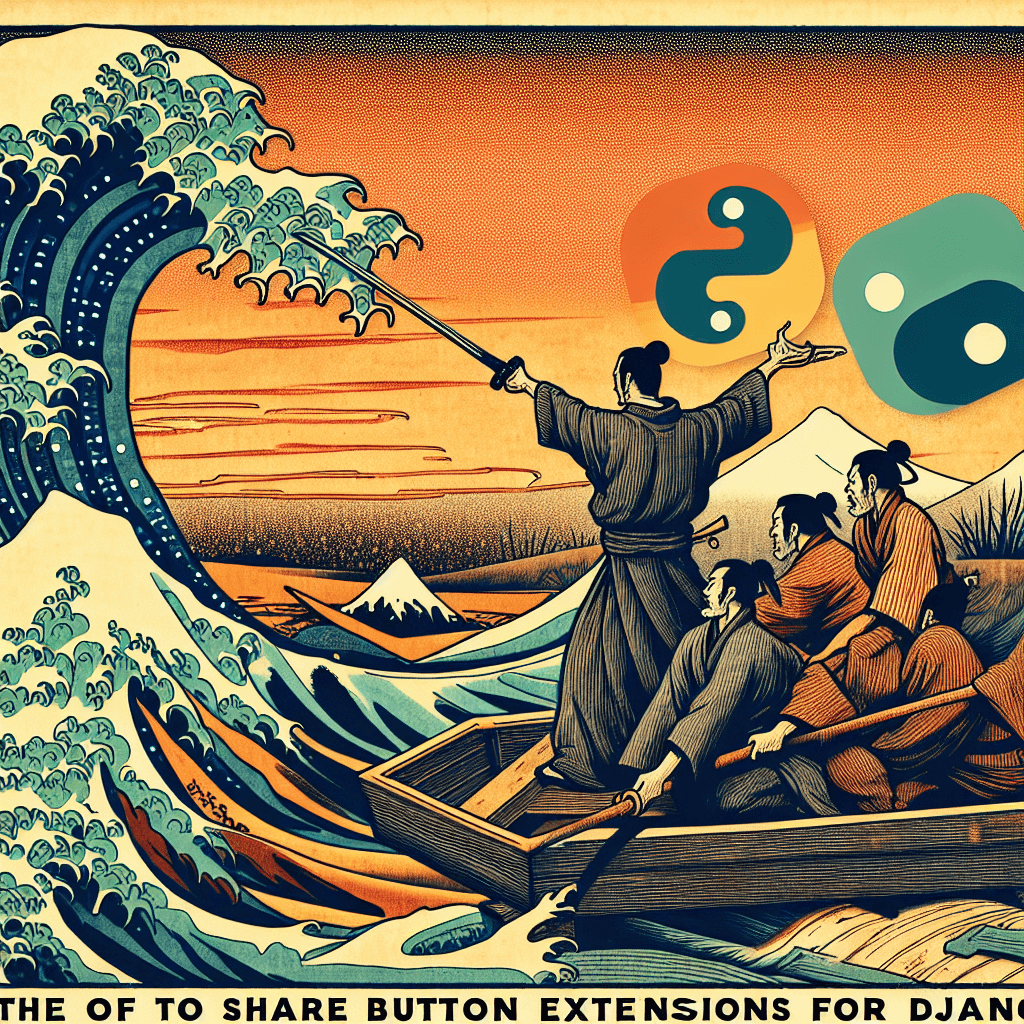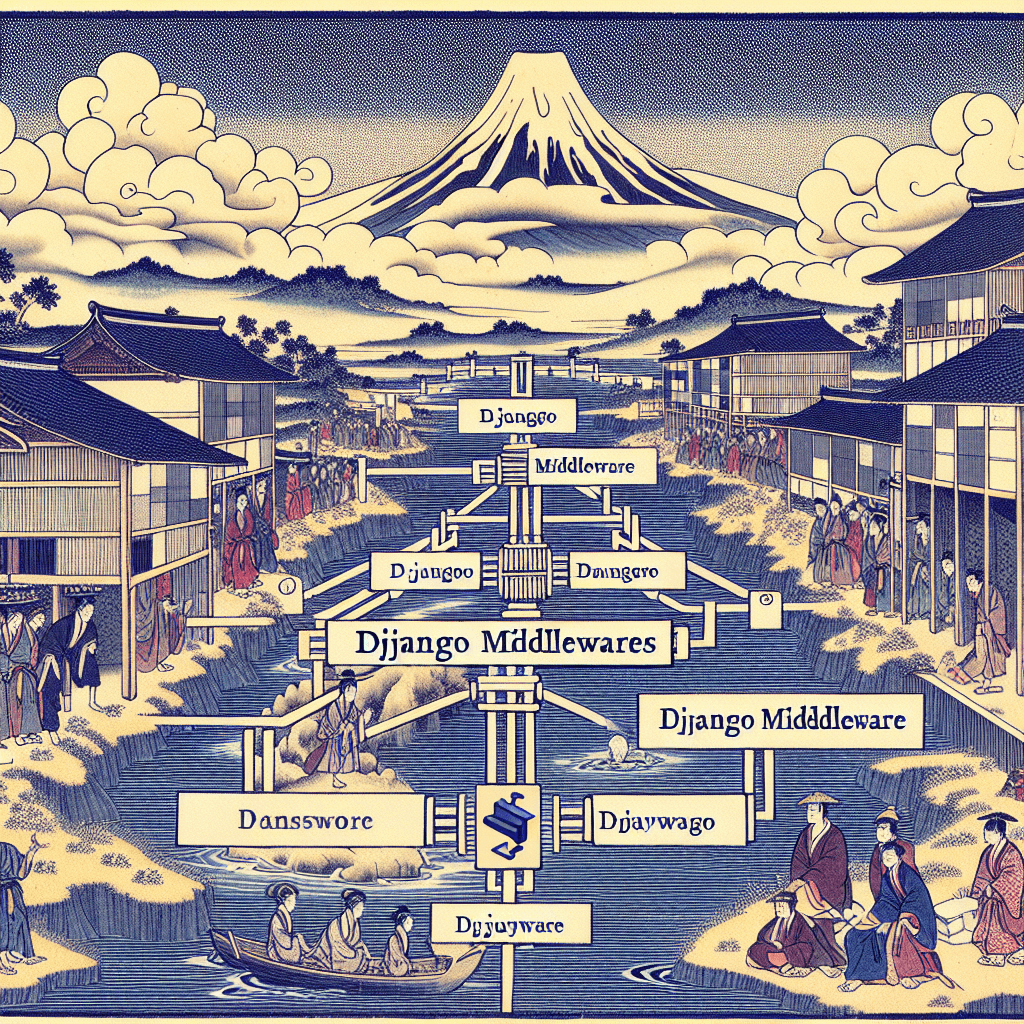Exploring Django Backends: A Comprehensive Guide
syndu | Oct. 8, 2023, 11:11 a.m.

Exploring Django Backends: From Research to Publication
Title: Exploring Django Backends: A Comprehensive Guide
Introduction
Django, a high-level Python web framework, is known for its simplicity and practicality. This blog post will delve into the core components of Django, including Middleware, Mixins, Celery, Signals and Receivers, Channels, and Backends.
Middleware
Middleware in Django is a series of hooks and a low-level plugin system for globally altering Django's input or output. Each middleware component is responsible for doing some specific function. For example, Django includes a middleware component, AuthenticationMiddleware, that associates users with requests using sessions.
Mixins
In Django, Mixins are a type of multiple inheritances for classes. They provide a way to reuse code, which can be very useful when working with Django's class-based views. Mixins allow developers to plug in behaviors, methods, or features to existing classes, enhancing their functionality.
Celery
Celery is an asynchronous task queue/job queue based on distributed message passing. It is focused on real-time operation but also supports scheduling. In Django, Celery lets you work on long-running tasks in the background, improving the performance of your web application.
Signals and Receivers
Signals and receivers are Django's way of allowing certain senders to notify a set of receivers when certain actions have taken place. They're especially useful when you need to coordinate actions or updates between different parts of your application.
Channels
Channels are a Django project that extends the framework to handle WebSockets, HTTP2, and other protocol types not supported natively. Channels allow developers to make real-time applications using WebSockets while keeping the convenience of Django.
Backends
In Django, the term 'backend' is used to describe the component that determines how Django interacts with data and different types of data storage. Django comes with a database abstraction API that allows you to create, retrieve, update and delete records.
Conclusion
Understanding Django's Middleware, Mixins, Celery, Signals and Receivers, Channels, and Backends is crucial for any developer working with this powerful framework. These components provide the flexibility and functionality that make Django a popular choice for web development.
Stay tuned for our next post where we will delve deeper into each of these components, providing examples and best practices for their use.







